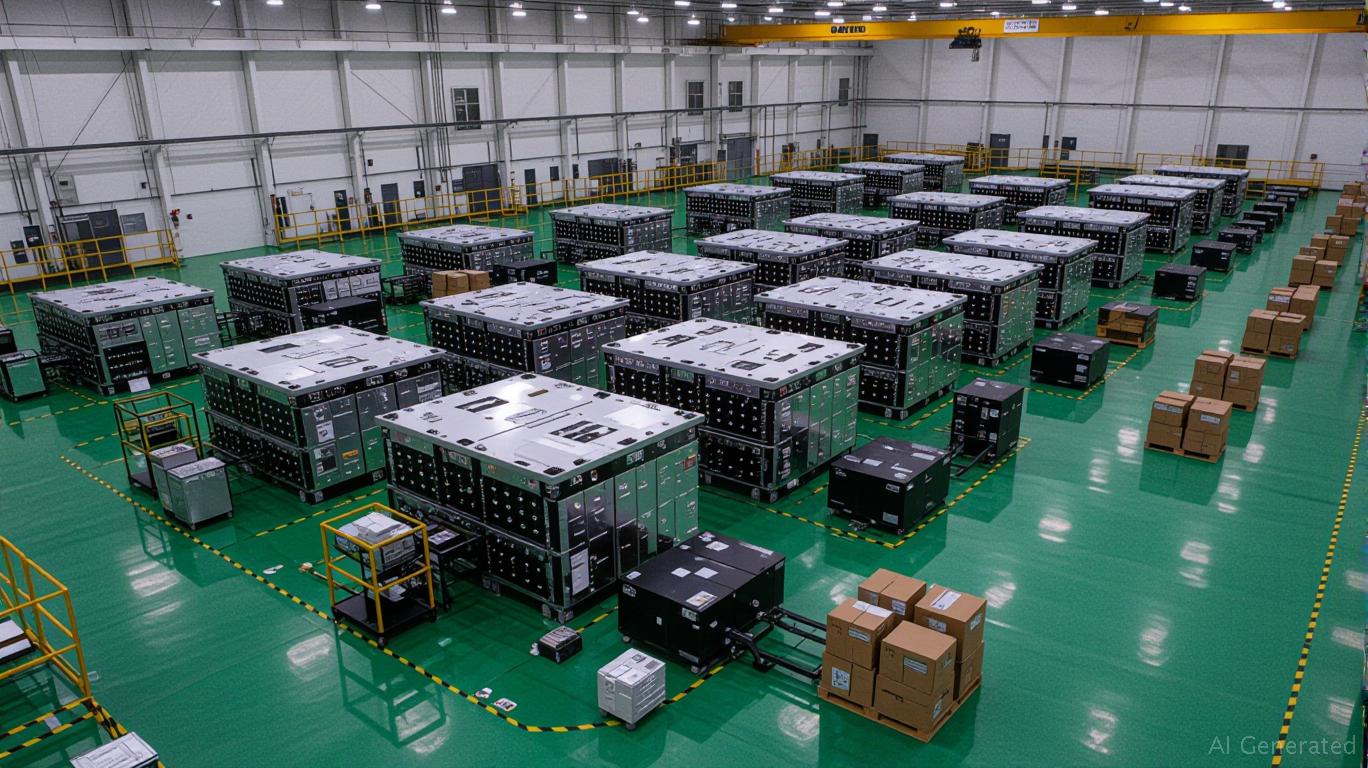
China’s grip on the global electric vehicle (EV) supply chain is unassailable, with its firms controlling over 70% of EV battery production and 80% of lithium refining. This dominance—driven by low costs, state subsidies, and strategic control of critical minerals—poses both opportunities and risks for U.S. automakers and investors. As the U.S. accelerates its EV transition, the race to secure supply chains and technological parity is intensifying.
China’s Unrivaled Scale and Control
China’s EV battery giants, CATL (37.9% global market share) and BYD (17.2%), are not just manufacturers but gatekeepers to the world’s fastest-growing industry. In May 2025, China produced 123.5 GWh of power batteries, a 47.9% year-on-year surge, with lithium iron phosphate (LFP) batteries—preferred for cost efficiency—accounting for 81.6% of installations. CATL’s market share in LFP batteries alone hit 36.05%, underscoring its entrenched position.
The U.S., by contrast, produces only 70 GWh of EV batteries annually against a domestic demand of 99 GWh, relying on imports for ~30% of needs—primarily from China. Even U.S. automakers like Tesla and Ford depend on Chinese-made components, as CATL supplies 70% of global EV battery cells. This dependency is compounded by China’s near-total control of critical minerals: 100% of spherical graphite processing, 69% of synthetic graphite, and significant stakes in lithium and nickel supply chains.
The U.S. Response: Ambition vs. Realities
The Biden administration’s Inflation Reduction Act (IRA) allocated $210 billion to EV production, targeting $100/kWh battery costs by 2030. U.S. battery capacity is projected to nearly double to 421.5 GWh by 2025, with projects like LG Energy Solution and Honda’s $4.4 billion Ohio plant (40 GWh capacity) and Toyota’s $14 billion North Carolina facility (5,000 jobs).
However, the path is fraught with risks:
1. Policy Uncertainty: A potential Trump administration could roll back IRA tax credits, which currently provide up to $7,500 per EV and $35 billion for battery manufacturing.
2. Cost Disadvantages: U.S. battery production costs remain 20% higher than China’s, exacerbated by tariffs on imported components.
3. Supply Chain Gaps: The U.S. lacks domestic refining capacity for lithium and cobalt, relying on Chinese or Australian suppliers.
Investment Opportunities: Where to Play
- U.S. Battery Makers: Companies like Tesla (partnering with CATL and Panasonic) and Ford (linked to SK On) benefit from IRA subsidies. However, their stock performance will hinge on reducing supply chain risks.
- Critical Minerals: Lithium miners such as Albemarle (ALB) and Livent (LVNT) are positioned to profit from rising demand. Investors should also watch graphite plays like Sayona Mining (SYM.AX), as synthetic graphite demand soars.
- Recycling Tech: Companies like Redwood Materials and Li-Cycle could capitalize on China’s dominance of battery recycling, which controls 60% of the global market.
- Diversification Plays: Firms like Northvolt (Europe’s only viable competitor to CATL) and Panasonic (PCRFY), partnering with Tesla, offer exposure to non-Chinese supply chains.
Risks to Avoid
- Overexposure to China: Automakers reliant on Chinese batteries or minerals, such as those without U.S.-based gigafactories, face heightened geopolitical and regulatory risks.
- Policy Volatility: U.S. firms lacking IRA compliance (e.g., using “Foreign Entity of Concern” suppliers) may lose subsidies.
- Cost Inflation: Rising labor and energy costs in the U.S. could erode margins for manufacturers unable to match China’s scale.
Strategic Recommendations
- Overweight: U.S. battery producers (TSLA, F) and critical mineral stocks (ALB, LVNT) with IRA benefits.
- Underweight: Automakers without domestic supply chains (e.g., GM’s reliance on South Korea’s LG) and speculative lithium miners.
- Consider ETFs: The Global X Lithium & Battery Tech ETF (LIT) or ARKQ (autonomous tech) offer diversified exposure.
Conclusion
China’s EV dominance is a fact of global commerce, but the U.S. has tools to mitigate risks: refining trade data, boosting domestic production, and diversifying supply chains. Investors must balance exposure to China’s scale with bets on U.S. firms capable of competing on cost and innovation. The next three years will determine whether the U.S. can forge an independent supply chain—or remain tethered to a rival’s battery factories.
As lithium prices drop to $25,000/ton (from $60,000 in 2022), cost pressures ease, but the battle for supply chain sovereignty is far from over. Stay vigilant.








